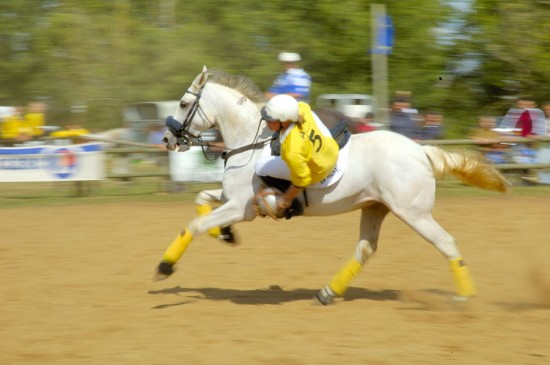When it comes to training your puppy or teenage dog, usually the same concept applies. If you are not consistent with showing your pet right from wrong, you will always have problems. Whether its teaching them to pee outside, or to sit and stay in one place. What ever the case, you must remember to let your dog know and understand that you are the boss. There are many methods in doing this that work, as well as methods that don't work.
Physically punishing your dog damages and scars its physiology. In doing this, your pet could develop anger problems, in turn taking out its anger on other animals and even people. The key is understanding how to communicate with your pet. Dogs are very responsive to the human voice. By changing your inflections and tones, you can get a variety of reactions from your dog.
An encouraging word will set off a barrage of joyful barks or a series of frenzied tail-wags. Speak harshly to him, and he'll become depressed, perhaps slinking away or cringing before you. You may have noticed how some dogs back away from a loud or harsh-voiced person. Some dogs may even run off and hide if a voice "hits" them the wrong way. Always use a firm tone when justifying their wrong behaviors.
Rewarding your pet is better than punishing it for several reasons, but punishing your pet does have its place. The word "punishment" conjures up a lot of negative connotations in people's minds. When punishing a dog on a puppy, the traditional methods involve a lot of negative circumstances: slapping the dog's muzzle, sharp leash corrections, alpha rolls, and so on. This is not the way to punish a dog for incorrect behavior, this is a form of frustration, not direction.
In the canine world, punishment doesn't have to be harsh, but it does have to get the point across.Rewarding your dog builds love and respect, while punishing them sets your boundaries. The key is to never let a bad deed go unpunished, and never let a good deed go without a reward. While no one is suggesting that your dog should have to live a militant lifestyle or not be allowed to have fun, it is not unreasonable to have certain expectations for your pet.
Particularly during holiday season, when people tend to do more entertaining, some of the ongoing behaviors that are frequently overlooked may now be experienced as annoying habits that you wish would go away. For example, the begging at the table that usually seems so cute and results in you giving your dog people food is sure to lose its charm when guests are in attendance. Not to mention the jumping you may overlook when your dog is happy to see you arrive home from work... not quite as acceptable when Aunt Sarah is coming in the door carrying a cake and dressed in holiday attire!
Whether your dog could use some work on jumping, begging, barking, stealing, play biting, bolting out the door or any other behaviors, a little obedience training can go a long way toward sharpening up his manners. By teaching your pet some simple commands, such as "heel" (walk at my side), "sit," "down," "stay" and "come," you can then use the commands in day-to-day life to teach new, good manners when you want them.
The down/stay command is invaluable for working on things such as begging, stealing and play biting, while the sit/stay is very helpful in working on not jumping, bolting out the door or licking visitors. Of course, there's also the added benefit of having your pet respect you more in general, so when you say "no," he'll feel more like he has to listen. Whether you teach your dog on your own or with the help of a trainer, it is so much easier to enjoy your pet when you have established limits for your canine companion!

 Some Frequently Asked Questions About Canine Arthritis
Some Frequently A
Some Frequently Asked Questions About Canine Arthritis
Some Frequently A
 Sugar Gliders - What Are They And Do I Want One As A Pet?
Sugar Gliders - W
Sugar Gliders - What Are They And Do I Want One As A Pet?
Sugar Gliders - W
 Is A Lowchen The Right Choice Of Dog For You?
Is A Lowchen The
Is A Lowchen The Right Choice Of Dog For You?
Is A Lowchen The
 Walking The Dog....volunteer Dog Walking
Walking The Dog..
Walking The Dog....volunteer Dog Walking
Walking The Dog..
 All About Horseball
All About Horseba
All About Horseball
All About Horseba